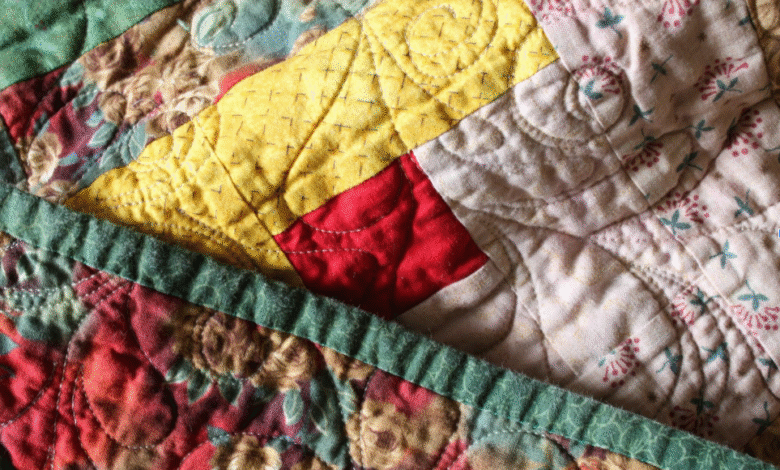
Embarking on the journey to make a quilt can be both exhilarating and daunting. Quilts can become cherished heirlooms, evoke nostalgia, and showcase the quilter’s skill and creativity. Whether you’re aiming for a traditional patchwork quilt or an avant-garde art quilt, the process involves crucial steps that dictate the quality and beauty of the final product. In this article, we’ll guide you through these essential steps, from choosing materials to the final touches. Keep reading to embark on your quilt-making adventure.
Selecting the Right Materials for Your Quilt
The foundation of a great quilt lies in selecting high-quality materials. Begin with choosing the best fabric, one that not only complements your design but can also endure the wear and tear of daily use. Cotton is a popular choice due to its durability, ease of care, and a vast array of colors and patterns. Opt for pre-washed fabrics to prevent shrinkage and dye bleeding after your quilt is assembled.
The weight and thread count of the fabric can also affect the feel and longevity of your quilt. A higher thread count fabric is denser and softer, making it ideal for a cozy quilt. Additionally, pay attention to the colorfastness of the fabric – this ensures that the colors remain vibrant even after several washes. For a touch of exceptional quality, consider the Good Vibrations Riley Blake quilt fabric, an excellent choice for both visual appeal and durability.
Batting is also a key component, serving as the middle layer of the quilt. The type of batting you choose—cotton, polyester, wool, or a blend—will influence the warmth and weight of your finished quilt. Experiment with different types of batting to find the one that suits your project perfectly.
Cutting Fabric Accurately: Tips and Techniques
Cutting fabric accurately is fundamental to the success of your quilting project. Precision in cutting ensures that your pieces fit together correctly and the overall design aligns as intended. Make sure to use sharp rotary cutters, scissors, and cutting mats designed specifically for quilting. Dull tools can lead to inaccurate cuts and wasted fabric.
Maintaining a consistent seam allowance is just as important as precise cutting. Most quilting projects rely on a standard quarter-inch seam allowance. Use a specialized presser foot or a piece of masking tape on your sewing machine as a guide to achieve uniform seams. This will make piecing your quilt much easier, and your finished quilt will look more professional.
See also: Carl Evanson Net Worth: How Much Is the Businessman Worth?
Piecing the Quilt Top
Once your fabrics are cut, the next step is to piece together the quilt top. Start by laying out your cut pieces on a flat surface or a design wall to get an overview of the final look. This preliminary arrangement helps you to make any necessary adjustments before the actual piecing begins. Ensure your working area is well-lit and comfortable, as this stage can be time-consuming.
Begin piecing by sewing the smallest components first, such as individual blocks or sections. Then, combine these into larger sections or rows. Always press your seams as you go—this not only flattens the fabric for easier piecing but also sets the stitches for longevity. It’s important to decide whether to press seams open or to one side, depending on the desired finish and the technique you’re employing.
Assembling and Finishing Your Quilt: Binding and Beyond
The final step in constructing your quilt is the assembly of the three layers: the quilt top, batting, and backing. Layer these components carefully, ensuring they’re smooth and wrinkle-free. You can either pin baste or thread baste these layers together to prevent shifting during the quilting process. Choose a quilting design that complements your pieced top, whether it’s a simple straight-line design or a more intricate pattern.
Quilting can be done by hand or with a sewing machine and may range from utilitarian to artistically elaborate. Consider the durability, use, and aesthetic you want for your finished quilt when deciding on your quilting method. Hand quilting adds a traditional touch, while machine quilting allows for more detailed and quicker stitching.
Altogether, making a quilt is a fulfilling process that combines creativity with technical skill. From selecting the proper materials and planning your pattern to the final touches of quilting and binding, each step contributes to the creation of a unique and beautiful piece. With practice and patience, you can transform fabric and thread into a work of art that can be enjoyed for years to come.




